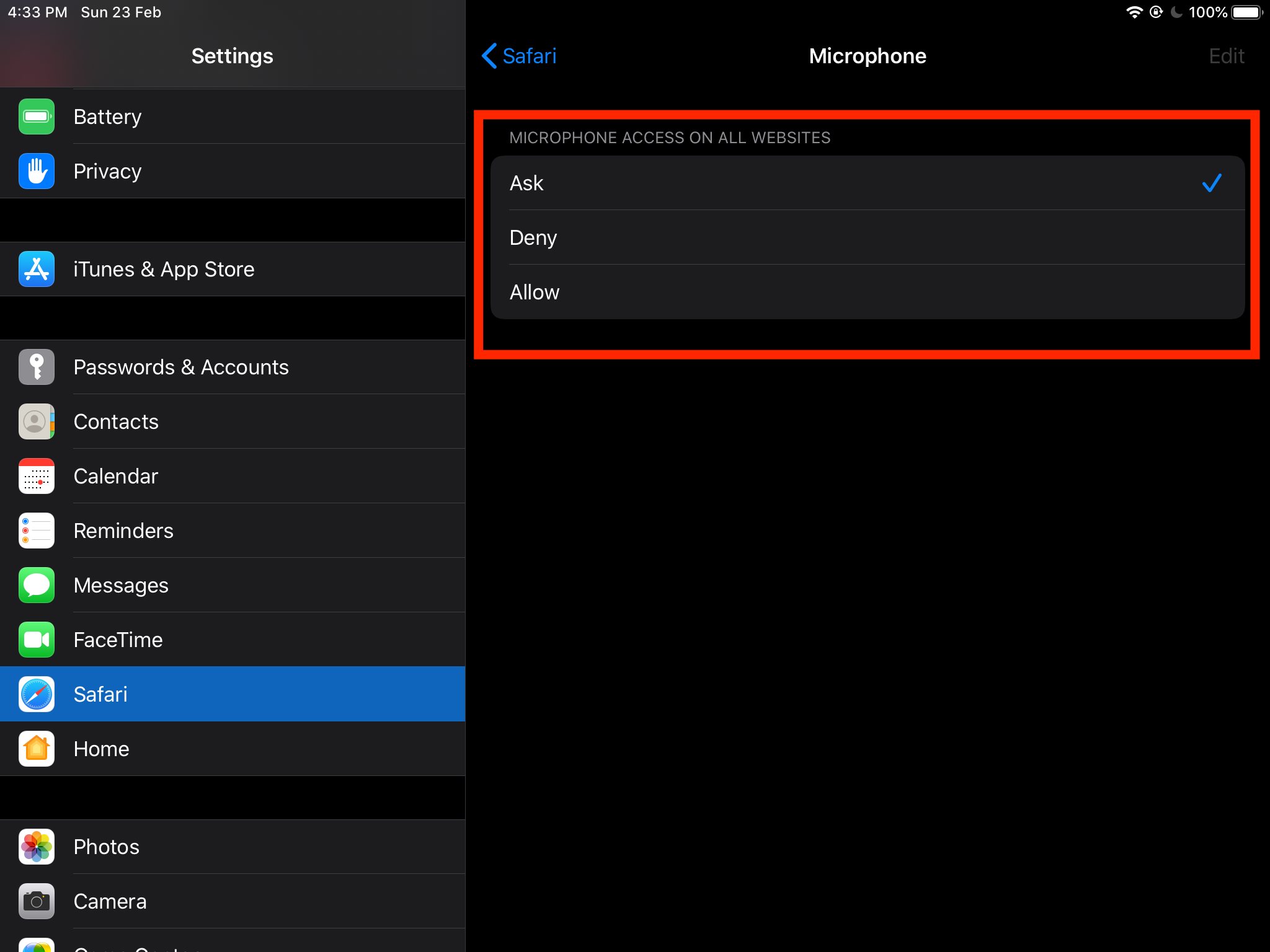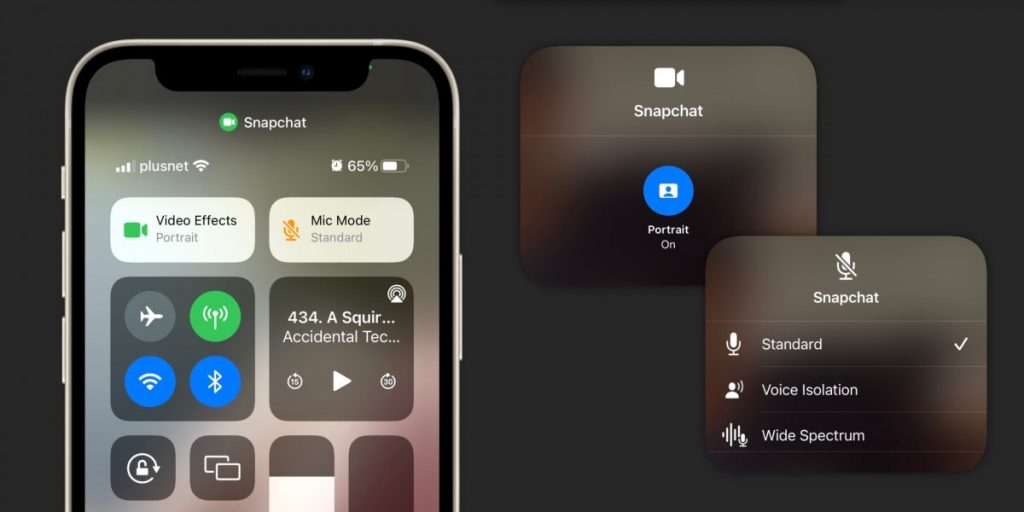
- #App to allow you to use iphone as microphone for macbook how to
- #App to allow you to use iphone as microphone for macbook install
… You may need to restart your Mac for the update to take effect. Launch the App Store from the dock and click on the “Updates” tab. You must apply operating system updates via the Mac App Store. If you don’t see a “Software Update” option in the System Preferences window, you have macOS 10.13 or earlier installed. Why can’t I find software update on my Mac?
#App to allow you to use iphone as microphone for macbook install
Depending on the OS, you’ll see Install Now, Reboot and install, or Install System Software. If an update is available, an Update button will appear.

Make sure your device is connected to Wi-Fi.How do I manually update my operating system? Even if you decided against installing Homebrew and mas, it’s still possible to update macOS without ever venturing into the App Store. However, you can install system-level updates directly from the Terminal, without having to install any additional software. With a brand-new SSD and high-capacity RAM, your aging Mac will be running good as new-no, make that better than new-in no time flat. Upgrading your Mac is an amazingly effective option, and it’s both cheaper and easier than you might expect.
#App to allow you to use iphone as microphone for macbook how to
Psssssst : How to download facebook videos on iphone? Can you update an old imac? Check each update to apply, click the “Install” button and enter the administrator username and password to allow the updates. … This means that if your Mac is older than 2012 it won’t officially be able to run Catalina or Mojave.Ĭorrespondingly, how do I manually update my Mac? To manually update your Mac, open the System Preferences dialog box from the Apple menu, and then click “Software Update.” All available updates are listed in the Software Update dialog box. You asked, is my MacBook air too old to update? Apple said that would run happily on a late 2009 or later MacBook or iMac, or a 2010 or later MacBook Air, MacBook Pro, Mac mini or Mac Pro. Aim to keep 15–20GB of free storage on your Mac for installing updates. Your Mac needs to have enough free space to download the new update files before it can install them. However, the most common reason is a lack of storage space.



 0 kommentar(er)
0 kommentar(er)
